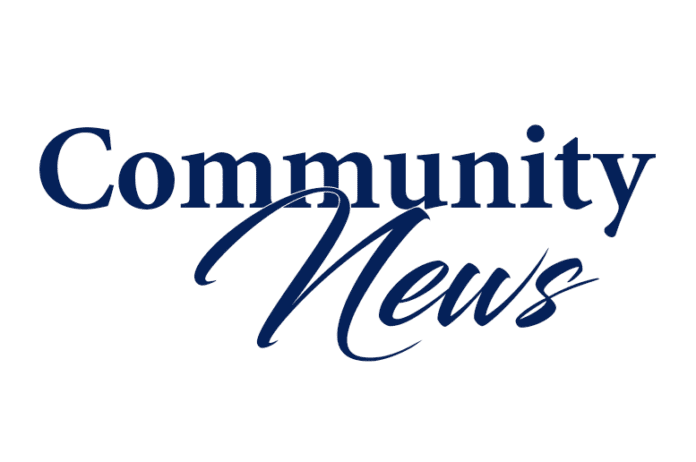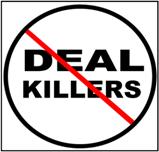It’s that time of year when the winter holidays are almost a distant memory and the new year is upon us, kids are finally back to school—and you’re working on your New Year’s marketing plan. Fun times, right? It’s time to review, renew and make a new plan, Stan!
If you’re a small business owner, marketing on a tight budget, you need to understand the calendar for each year. There will be times when big efforts will be wasted, no matter how well planned. In contrast, there will be times when your opportunities will be ripe for launching a new concept, a new product or service, or an expanded menu of goods and services.
If you want to know when your target consumer will be paying attention to what you do, look at your calendar. What’s the difference between February and July? The differences could be drastic, depending on what you’re selling. Here’s a simple system for interpreting your planning calendar:
From January 2 (right after people have recovered from the New Year’s hangover) to somewhere in late April or possibly the first week of May, the buying public is more likely to notice if you want to make a Big Deal Campaign for a product or service.
From the first or second week of May until the end of August, the buying public goes into the “summer coma” when they think about vacations, summer-related activities for the family or just the joys of relaxing. The buyers are not tuned in to your fresh, new campaigns that introduce something unless the theme is summer for those products/services. Bathing suits, vacation hotels, beach restaurants, summer clothes, etc. will gain attention, only because they are seasonal.
The next segment of your marketing calendar begins around the first week of September, when children start going back to school. The buying public recognizes back-to-school as the signal that the summer coma is over. Consequently, you will gain more attention if you launch something big and new in the time period between early September and perhaps the first week in November.
The final segment of the marketing year—November through January 1—could be called the “holiday coma”. It’s a time when people think about holiday trips, Thanksgiving and Christmas dinners, gift-giving, holiday parties, etc. Don’t even think about creating a big splash in the marketplace unless your effort is holiday-related.
So how should you plan your marketing? Here’s a recap: Big announcements or events for maximum public attention are do-able between Jan. 3 and May 1, and between September’s first week through November’s first week. Use the summer coma period and the last week of December for planning and organizing your upcoming marketing efforts. You can effectively use the holiday season to send greetings to your client list to remind them that you have appreciated their business and that you look forward to serving them in the coming New Year.
Vivian Conterio of Born2bhip Consulting






